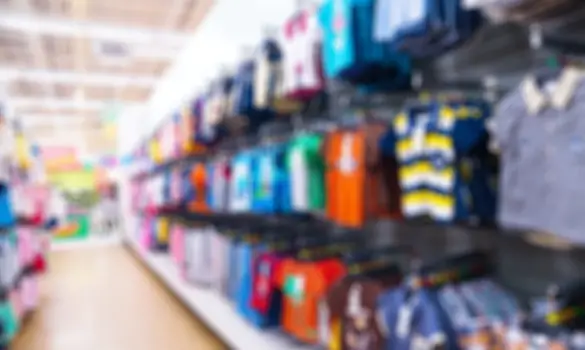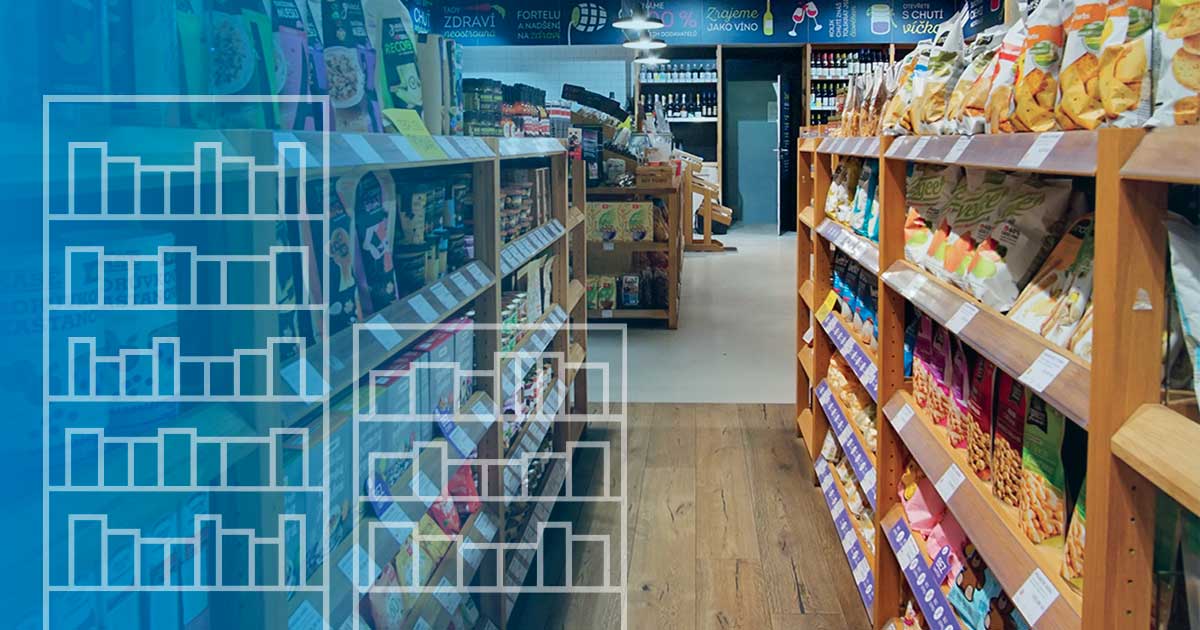

Product placement becomes even more significant when the customer has to reach out for the product. There are numerous different factors that go into deciding product placement such as the age of customers, the location of lighting, the behavioral patterns of customers, companies promoting their products, the type of bestsellers, the size of the store, and other relevant factors. The location of a product in a store can be the difference between selling 5 units and selling a 1000 units. Product placement has the power to influence the buying choices of customers and there is clear scientific evidence behind this mechanism.

Product placement is uber critical to the successful of any retail industry, especially the fast moving consumer goods (FMCGs) industry. With smaller retailers like local stores, boutique stores, planogram maximizes their visual merchandising.How Important Is Product Placement In C Stores? Additionally, it helps retailers determine how much inventory they’ll need for each product. retail chains such as Walmart, Target, Costco, and Kroger use store planograms to improve visual appeal, create consistency across store locations, and drive product pairing recommendations. The purpose of a planogram is to keep retail store operations efficient.
#PLANOGRAM GROCERY STORE UPDATE#
During a retail store planogram reset, you’ll need to update the display for a new chart to guide your staff. Also, it’s an excellent way to give the store a seasonal feel or introduce new products. Plus, frequent resets keep the store aisles attractive and fresh. It includes stocking an existing product in a new way or stocking a new product. Enhance customer satisfaction and shopping experienceĪ planogram reset is a reorganization of a POG in which a retailer deploys a new graphic for a large-scale reconstruction of their store layout. Moreover, planograms allow your staff to view the product layout in the entire store and suggest creative changes to some corners in the room, such as encouraging impulse purchases in retail checkout counters by putting on a new design. You can do the same for slow-moving goods. As a result, planograms are a source of data that helps you make better data-driven decisions.įor example, by looking at historical sales data and comparing that data with planogram flowcharts, you see which products are selling the most and where they are.

For example, Walmart typically has 120,000 SKUs, and Target has 80,000 SKUs at a time. Planograms are especially useful for retailers or grocers with a wide range of products and categories from multiple vendors. Optimize visual merchandising display and in-store space In that case, you can consider placing it near supplementary products to encourage customers to browse other items you want to up-sell. On the other hand, suppose there’s an item many customers come back to buy frequently. So, it’s easier to plot these routes with a planogram. For example, grocery stores often put milk and bread in the far back corner because they want customers to walk past other items and increase purchase volumes. Retail store planograms allow strategic product placement from a cross-merchandising point of view. Thus, you may come across many terms for this concept when reading about planogram definition for store management, including: Planogram examples can be as simple as a photo of a preset or be more detailed with numbered dowel holes and shelf notches showing the exact location of each item. In addition, the planogram maintains your store layout to maximize sales and attract returning customers, improving customer satisfaction.Īs a retail store planogram illustrates the spaces allocated to each SKU, the complexity of the planogram can vary depending on your business size. According to a National Association of Retail Marketing Services report, planogram compliance increases retail profits by 8.1% by avoiding lost sales opportunities due to overstock and stockout situations. Planograms help your employees control inventory more closely and replenish products more accurately. Thus, it minimizes your effort in the most critical task of retail store operations - on-shelf availability (OSA). It utilizes flow diagrams in a store layout by shelves or aisles, and reflects product volume compared to customer demand. A planogram is a detailed drawing of a brick-and-mortar store in an overhead view to show exactly where every product is located.


 0 kommentar(er)
0 kommentar(er)
